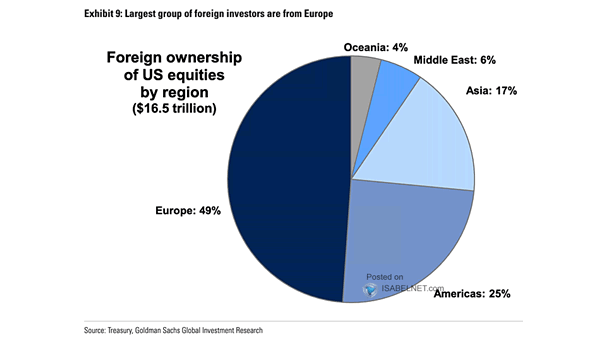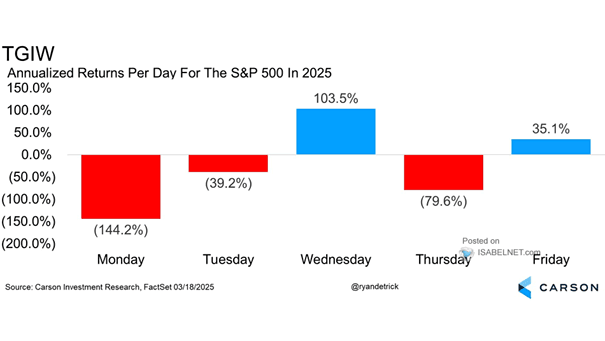Foreign Ownership of U.S. Equities by Region
Foreign Ownership of U.S. Equities by Region European investors, major holders of U.S. stocks, could impact valuations if trade tensions rise, potentially shifting focus to European markets benefiting from fiscal stimulus and increased defense spending. Image: Goldman Sachs Global Investment Research


